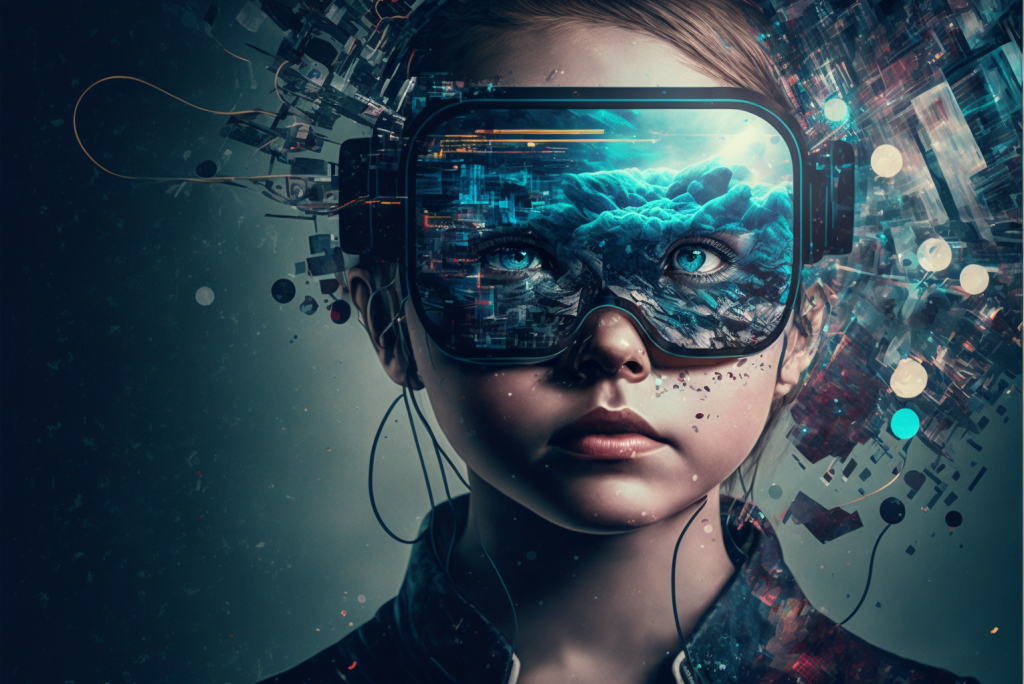The Evolution of Learning Spanish

Language learning has undergone a remarkable transformation over the centuries. For English speakers keen on mastering Spanish, methods have shifted from rote memorisation in austere classrooms to interactive apps on smartphones. Let’s embark on a journey through time to discover how learning Spanish has evolved, making language acquisition more accessible and engaging than ever before.
1800s: The Age of Grammar and Translation
In the 19th century, language learning was a scholarly endeavour rooted in the Grammar-Translation Method. Students delved into textbooks, committing endless vocabulary lists and complex grammar rules to memory. Lessons revolved around translating classical texts—a legacy of studying Latin and Greek—applied to modern languages like Spanish.
- Focus: Reading and writing; speaking and listening were largely neglected.
- Tools: Textbooks and dictionaries.
- Experience: Formal and theoretical, with scant opportunity for actual conversation.
While this method offered a solid grounding in grammar, it left learners ill-prepared for real-world communication.
Early 1900s: Embracing the Direct Method
The dawn of the 20th century saw a pedagogical shift with the Direct Method. Educators began immersing students directly in the target language. Spanish became the sole medium of instruction, with teachers using objects, visuals, and conversational techniques to convey meaning.
- Focus: Conversational skills and everyday communication.
- Tools: Flashcards, visual aids, and spoken practice.
- Experience: More immersive, though still confined to the classroom.
However, opportunities for true immersion were limited, often available only to those who could afford overseas travel.
Mid-20th Century: Drills and Dialogue
Post-World War II, the Audiolingual Method gained prominence, influenced by military language programmes. This approach emphasised repetition and drills, with learners mimicking native speakers to achieve fluency.
- Focus: Listening and speaking through repetitive practice.
- Tools: Audio tapes, language labs, and pattern drills.
- Experience: Structured and disciplined, but lacking in contextual communication.
By the 1970s and 1980s, the Communicative Approach emerged, prioritising interaction and practical language use in context.
- Focus: Real-world communication and fluency.
- Tools: Role-playing, group activities, and dialogues.
- Experience: Interactive and engaging, yet still often limited to classroom settings.

The 21st Century: Digital Revolution and Beyond
The advent of the internet ushered in a new era for language learning. Suddenly, resources and native speakers were just a click away.
Early 2000s software like Rosetta Stone and Pimsleur brought immersive learning into homes, utilising visual aids and spaced repetition.
- Focus: Self-paced, immersive learning.
- Tools: CD-ROMs, digital software, and online forums.
- Experience: Independent and flexible, but initially lacking real-time interaction.
The rise of smartphones in the 2010s revolutionised accessibility. Apps like Duolingo, Babbel, and Anki gamified language learning, making it engaging and habit-forming. Platforms like italki and Preply connected learners with native tutors across the globe.
- Focus: Personalised, on-demand learning with real-time interaction.
- Tools: Mobile apps, online tutors, podcasts, and YouTube channels.
- Experience: Highly flexible, allowing learners to immerse themselves anytime, anywhere.
Key Transformations in Modern Language Learning
- Accessibility: The internet has democratised language learning; anyone can learn Spanish regardless of location or budget.
- Flexibility: Learners can tailor their methods, choosing from apps, online courses, or private tutors to suit their preferences.
- Social Learning: Platforms enable interaction with native speakers and fellow learners, making the process collaborative and social.
Conclusion
From rigid grammar drills to interactive apps, learning Spanish has never been more accessible or engaging. Today’s learners enjoy a wealth of resources catering to different styles and paces, breaking down barriers that once made language acquisition daunting. Whether you’re sipping tea in London or lounging on a beach in Barcelona, mastering Spanish is now at your fingertips.

